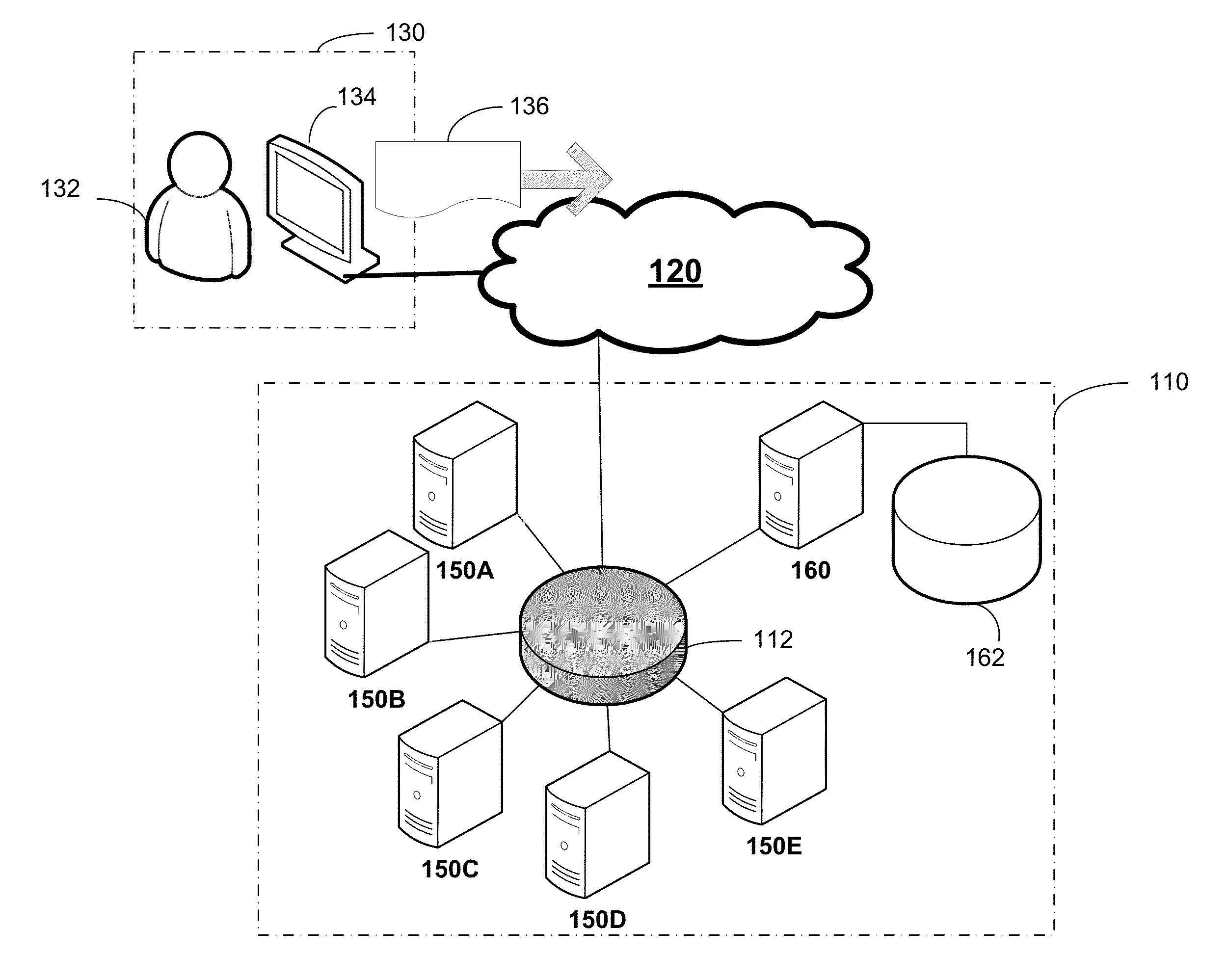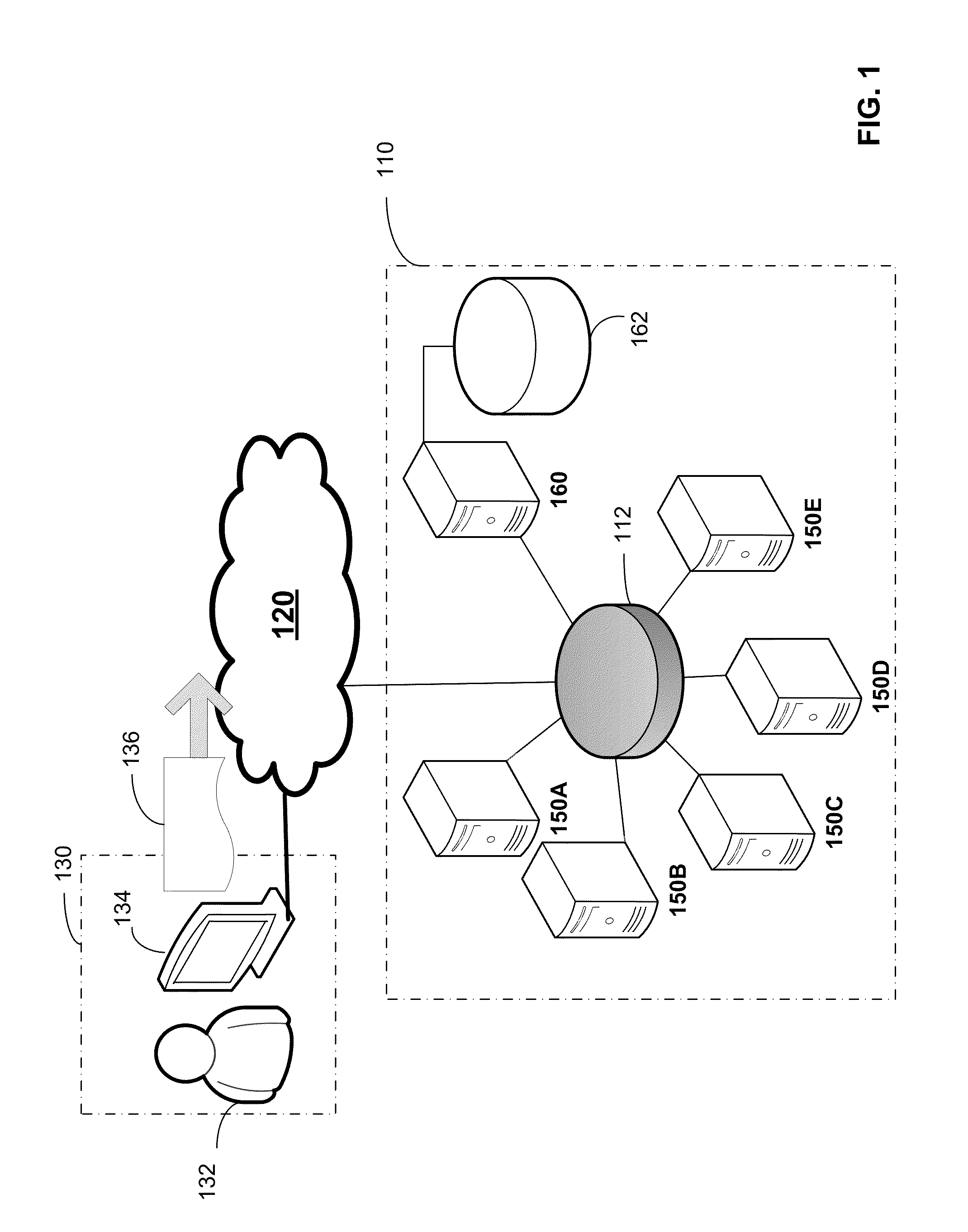Computing cluster with latency control
a technology of latency control and computing cluster, applied in computing, digital computers, instruments, etc., can solve the problems of inability to execute tasks, limit the number of tasks that are ready to execute, and the execution time may not improve linearly in relation to the time, so as to achieve more robust control over the resources
- Summary
- Abstract
- Description
- Claims
- Application Information
AI Technical Summary
Benefits of technology
Problems solved by technology
Method used
Image
Examples
Embodiment Construction
[0019]The inventors have recognized and appreciated benefits in operating a cluster computing platform that may be achieved by a scheduling policy that adaptively sets resource levels based on a robust predictive model of time to complete. The model may be used at job initiation. Alternatively or additionally, the model may thereafter be applied from time to time during execution of the job to align the amount of resources allocated to the job with an amount that, in accordance with the model, will lead to completion at or slightly before a target completion time. Such a policy may improve the efficiency of resource utilization by avoiding over-provisioning while ensuring that high priority jobs that have deadlines will be completed in accordance with those deadlines.
[0020]The target time for completion of the job at initiation, and at each time thereafter when resources are adjusted, may be determined in any suitable way. In some embodiments, the target time for completion may be d...
PUM
 Login to View More
Login to View More Abstract
Description
Claims
Application Information
 Login to View More
Login to View More - R&D
- Intellectual Property
- Life Sciences
- Materials
- Tech Scout
- Unparalleled Data Quality
- Higher Quality Content
- 60% Fewer Hallucinations
Browse by: Latest US Patents, China's latest patents, Technical Efficacy Thesaurus, Application Domain, Technology Topic, Popular Technical Reports.
© 2025 PatSnap. All rights reserved.Legal|Privacy policy|Modern Slavery Act Transparency Statement|Sitemap|About US| Contact US: help@patsnap.com



